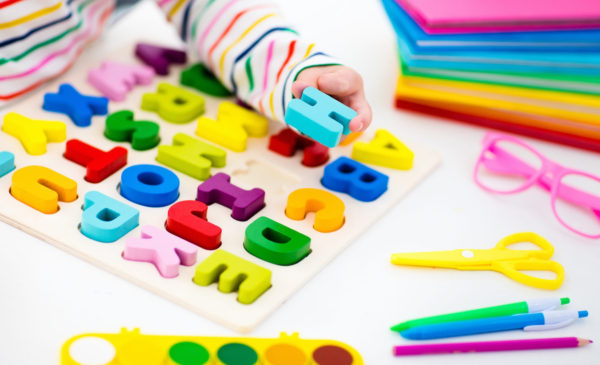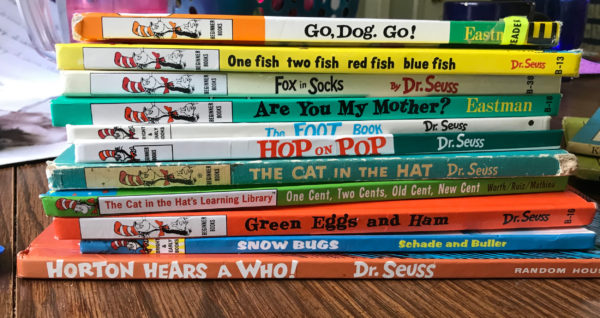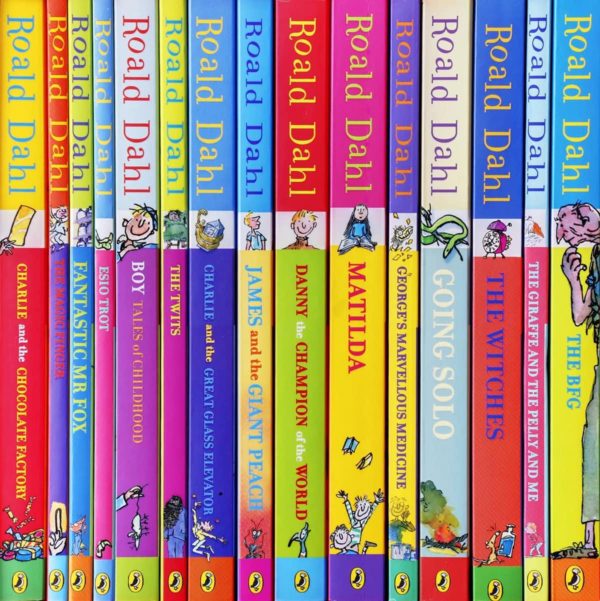Learn to Read at Home with High Frequency Word Games
As a teacher of preschool children I have sat through hundreds of parent-teacher meetings and the one most frequent questions I have been asked is, “How can we help our child learn to read at home?” I was the happiest when parents of my youngest students asked this question – early intervention and learning is the key to the future success of our children. There are so many learn to read games and activities you can do at home to increase your child’s reading ability as well as their love of learning!
Which words should I focus on at home?
For children with a stronger grasp of the basic phonic alphabet, you can start to focus on more advanced areas of phonetic development such as consonant digraphs (ch, sh, ph), consonant blends (tr, sc, cl) and vowel diagraphs (oa, ai, ea). This is also a good time to start introducing the top 100 high frequency words. These are the most commonly used words in text. Some of these high frequency words are phonetic and can be sounded out. The rest of the high frequency words are referred to as “Tricky Words”. These are high frequency words that do not follow phonic rules and can’t be sounded out. Tricky words need to be memorized and practiced frequently for your child to retain them. These high frequency words and tricky words have been categorized into “phases”. This are the suggested order to teach these words, progressing from the easier 2 and 3 letter words to longer and more complicated ones. Have a look at the list below which breaks down the words into phases and then into high frequency words and tricky words.

You can use these words to make flashcards and other resources to use during learn to read games and activities at home. There are lots of free printable high frequency flashcards which can be helpful. Or you can make your own resources using this downloadable PDF of all high frequency and tricky word phases: High Frequency and Tricky Word List
Once you become familiar with these words, it will be very easy to use them in a variety of games to encourage your little one to learn to read at home. Here are a few simple high frequency and tricky word games you can play with your child at home to build on their previous knowledge, so they can begin to take off with their early reading:
1.High Frequency Word Card Challenge
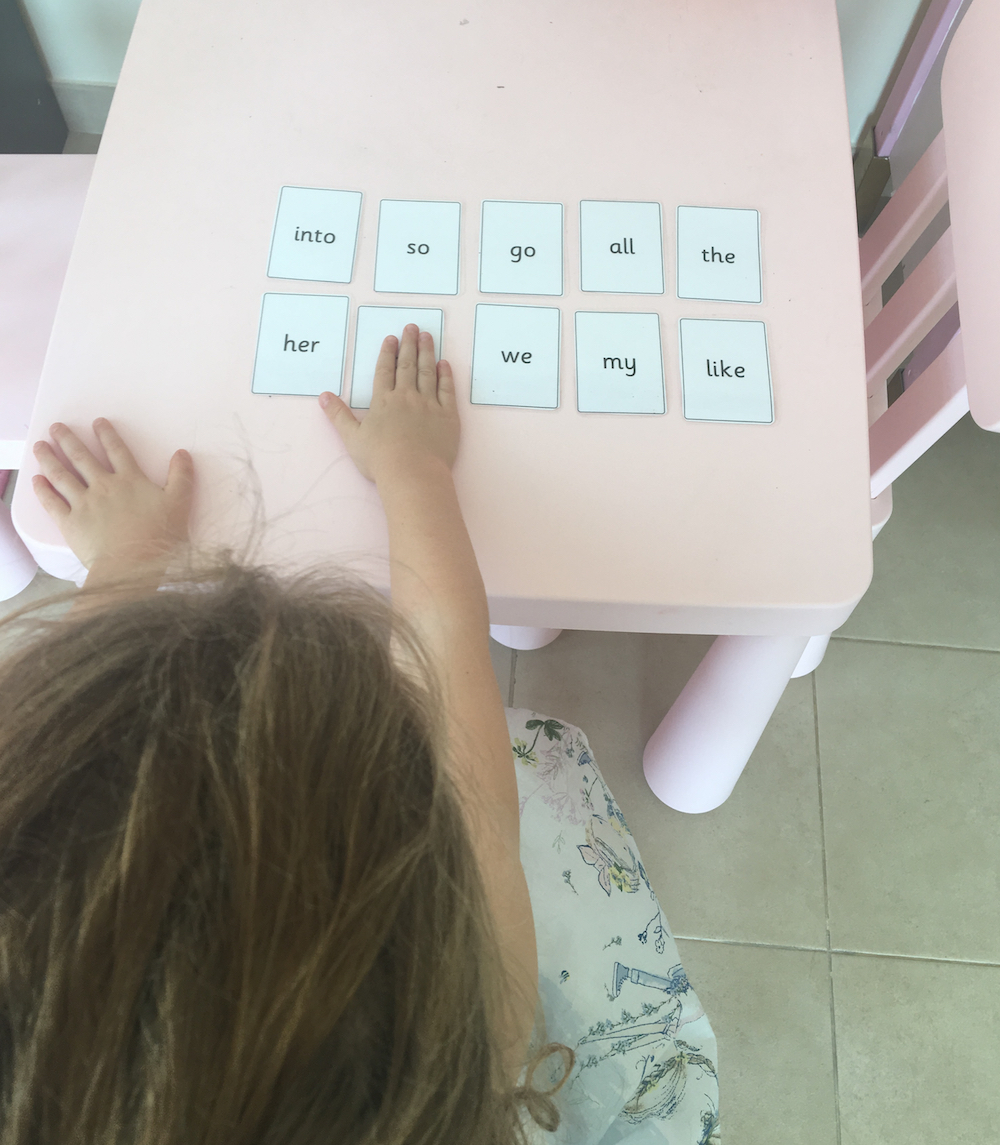
Practice is the key for high frequency and tricky word recognition. Use the phases to guide you in your choice of words. It is important to teach these words in order from easy to difficult in order to build confidence. Choose 5 to 10 easier words depending on your child’s confidence. Either print high frequency word cards using the link below or make index cards with the words and spread them out on the table. Review them first together and then challenge them to find the words as quickly as possible. Read the words out of order while your child grabs each card as quickly as possible. After they are confident, use a timer to see how quickly they can pick up the words as you say them. Challenge them to beat their time each session. Remember to participate as well – they can read the words and you can pick them up. Children love competing against their parents!
2. Learn to Read by Making Words
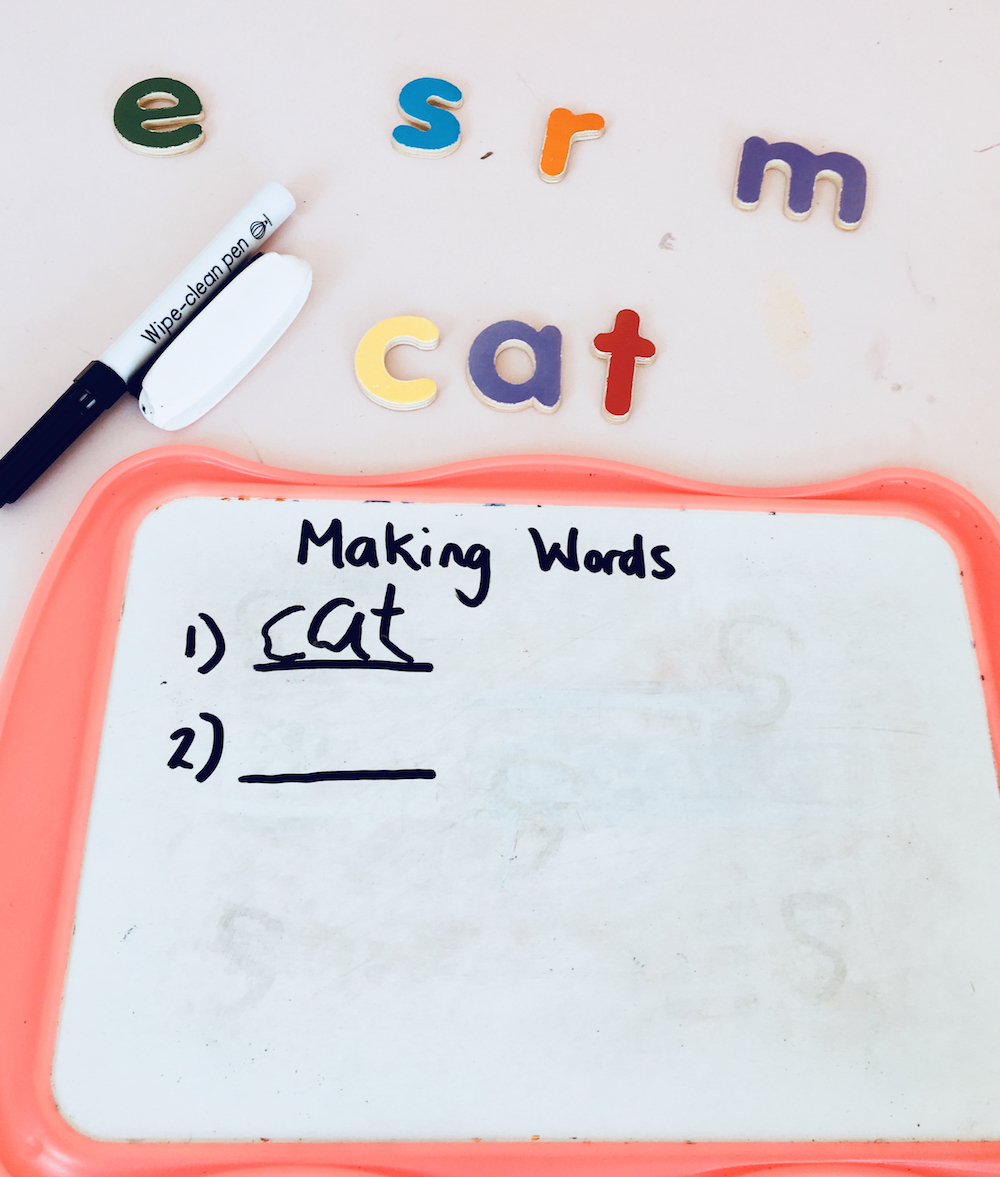
Encourage your children to be creative with words. High frequency and tricky words are important but it is also critical that your child feels confident using their phonics knowledge to blend and make CVC (consonant-vowel-consonant), CVCC and CCVC words. Make letter cards on small squares paper or use any resources you might already have at home. Provide your child with approximately 6 – 8 letter cards and a piece of paper or whiteboard. Challenge them to use the letters and create different 2, 3 or 4 letter words. How many can they make in 5 minutes? As they create new words, write each word on the paper or whiteboard for additional writing practice. If you want to focus solely on high frequency, phonetic words then choose the appropriate letters for the game. For instance – provide the letters i, a, s, t, n, o and let them find as many high frequency words as possible.
3. Muddled Up Sentence Reading Game

Once your child has a good grasp of some high frequency words, they can begin to focus on using them in sentences. Make blank flashcards and write the words of a simple sentence (one word on each card) which can be read with either independently or with assistance by your child. I laminated my cards so that I could use a whiteboard pen and reuse them. In this example the sentence was “The dog went to the park.” Mix up the order of the word cards and ask your child to put the sentence in order so it makes sense. First read each word individually. Introduce sentence structure and grammar knowledge by reminding them about the purpose of capitals and full stops. Allow them to experiment with the order of the words and check if the sentence makes sense. Assist when necessary if they are getting frustrated. Once they put the sentence in order, celebrate their success! Once they get the hang of it, challenge your child to write their own sentence on the cards and you can put their sentence in order.
There are so many ways of encouraging early reading skills and high frequency word recognition at home, you just need to make the time to sit down together. Remember to make the learn to read games and activities fun and interactive. Games are more interesting when they are played together, so take part rather than sitting back and watching. Not only will your child increase their knowledge, you will also foster a closer relationship. The more you act like a teacher, the easier it will be for your child to accept you as a teacher. Most importantly, make it fun for both of you!

